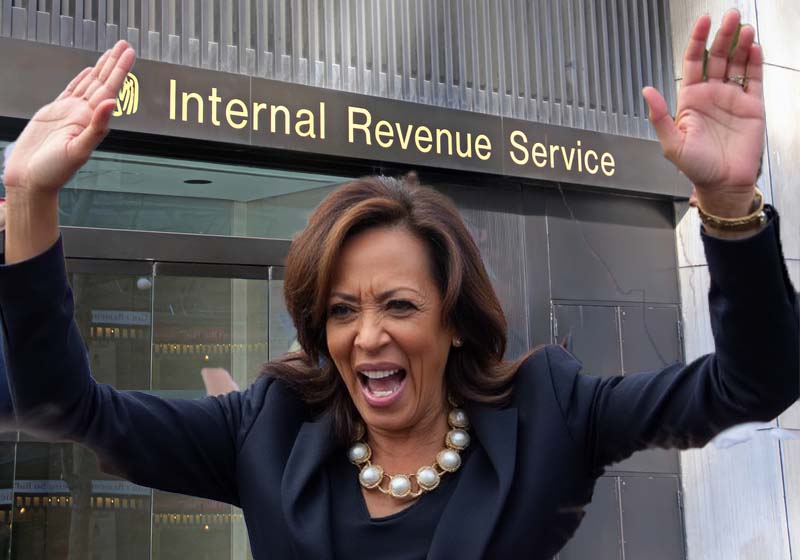4 min read Last Updated : Oct 02 2024 | 8:10 PM IST
The Ministry of Finance has released new guidelines for handling delayed tax refund claims and loss carry forward applications. The new guidelines issued on Tuesday increase the limit of tax refund claim amount in condonation of delay cases which will help taxpayers who missed filing any ITR though had a tax refund due to him/her.
“…the present circular is being issued to deal with the applications for condonation of delay in filing returns claiming refund and returns claiming carry forward of loss and set off thereof containing comprehensive guidelines on the conditions for condonation and the procedures to the followed for deciding such matters,” said Central Board of Direct Taxes (CBDT) under Ministry of Finance in a circular.
Click here to connect with us on WhatsApp
“This enhancement in jurisdiction limits will significantly streamline the condonation of delay process for tax refunds, allowing taxpayers to receive their refunds faster and with reduced bureaucratic hurdles, especially for higher-value claims. It fosters trust and improves the ease of compliance for taxpayers,” said Amit Bansal, Partner, Singhania & Co.
Key points:
Tiered authority structure: The circular establishes a three-tier system for processing applications based on claim amounts:
Claim amount: Less than or equal to Rs 1 crore
– The Principal Commissioners of Income-tax/Commissioners of Income-tax (Pr. CsIT/CsIT) will have the authority to either accept or reject applications if the claimed amount is less than or equal to Rs 1 crore for an assessment year.
Claim amount: Between Rs 1- 3 crore
The Chief Commissioners of Income-tax (CCsIT) will have the authority to either accept or reject applications if the claimed amount is Rs 1 crore but is not more than Rs 3 crore.
Claim amount: Above Rs 3 crore
The Principal Chief Commissioners of Income-tax (Pr. CCsIT) will have the authority to either accept or reject applications if the claimed amount is above Rs 3 crore.
Time limit: A strict five-year limit from the end of the assessment year has been imposed for filing condonation applications. This rule applies to all applications filed on or after October 1, 2024.
Processing time: Authorities are directed to dispose of applications within six months of receipt.
Court-related claims: For refund claims arising from court orders, the period of court proceedings will be excluded from the five-year limit. Applications must be filed within six months of the court order or the end of the financial year, whichever is later.
Supplementary claims: A belated application for supplementary claim of refund (claim of additional amount of refund after completion of assessment for the same year) can be admitted for condonation provided other conditions as referred above are fulfilled. The powers of acceptance/rejection within the monetary limits delegated to the Pr.CCsIT/CCsIT/Pr.CsIT/CsIT in case of returns claiming refund and supplementary claim of refund would be subject to the following further conditions;
i. The income of the assessee is not accessible in the hands of any other person under any of the provisions of the Act.
ii. No interest will be admissible on a belated claim of refunds.
iii. The refund has arisen as a result of excess tax deducted/collected at source and/or excess advance tax payment and/or excess payment of self-assessment tax as per the provisions of the Act.
No interest on belated claims: The circular specifies that no interest will be admissible on belated refund claims.
Verification extension: It is also provided that the Commissioner of Income-tax, Central Processing Centre (CPC), Bengaluru can accept or reject the petitions under section 119(2)(b) of the Act seeking condonation of delay in verifying the return of income by sending the ITR-V to centralised processing cell (CPC), Bengaluru within the prescribed time limit.
The new guidelines aim to streamline the process of handling delayed tax refund claims and loss carry forward applications, providing clarity to both taxpayers and tax authorities.
First Published: Oct 02 2024 | 8:10 PM IST


 Teen Wounded in Overnight Shooting on Price Street
Teen Wounded in Overnight Shooting on Price Street
 The IRS Endorses Kamala Harris for President, Thanks V.P. for All She Has Done
The IRS Endorses Kamala Harris for President, Thanks V.P. for All She Has Done
 State Sens. Lou Ann Linehan of Elkhorn and Tom Brandt of Plymouth meet at the front of the legislative chamber near Clerk of the Legislature Brandon Metzler. Aug. 17, 2024. (Zach Wendling/Nebraska Examiner)
State Sens. Lou Ann Linehan of Elkhorn and Tom Brandt of Plymouth meet at the front of the legislative chamber near Clerk of the Legislature Brandon Metzler. Aug. 17, 2024. (Zach Wendling/Nebraska Examiner) Jon Cannon, executive director of the Nebraska Association of County Officials. (Courtesy of NACO)
Jon Cannon, executive director of the Nebraska Association of County Officials. (Courtesy of NACO) Brian Klintworth, chair-elect of the Nebraska Society of Certified Public Accountants. (Courtesy of Brian Klintworth)
Brian Klintworth, chair-elect of the Nebraska Society of Certified Public Accountants. (Courtesy of Brian Klintworth) State Sen. Justin Wayne of Omaha talks with State Sen. Lou Ann Linehan of Elkhorn on the floor of the Legislature. Aug. 16, 2024. (Zach Wendling/Nebraska Examiner)
State Sen. Justin Wayne of Omaha talks with State Sen. Lou Ann Linehan of Elkhorn on the floor of the Legislature. Aug. 16, 2024. (Zach Wendling/Nebraska Examiner) Gov. Jim Pillen, left, hands State Treasurer Tom Briese one of three property-tax related proposals that the Legislature passed earlier in the day on Aug. 20, 2024. Briese was a state senator from Albion from 2017 to 2023. (Zach Wendling/Nebraska Examiner)
Gov. Jim Pillen, left, hands State Treasurer Tom Briese one of three property-tax related proposals that the Legislature passed earlier in the day on Aug. 20, 2024. Briese was a state senator from Albion from 2017 to 2023. (Zach Wendling/Nebraska Examiner) State Sen. Brad von Gillern of Elkhorn. Aug. 13, 2024. (Zach Wendling/Nebraska Examiner)
State Sen. Brad von Gillern of Elkhorn. Aug. 13, 2024. (Zach Wendling/Nebraska Examiner)